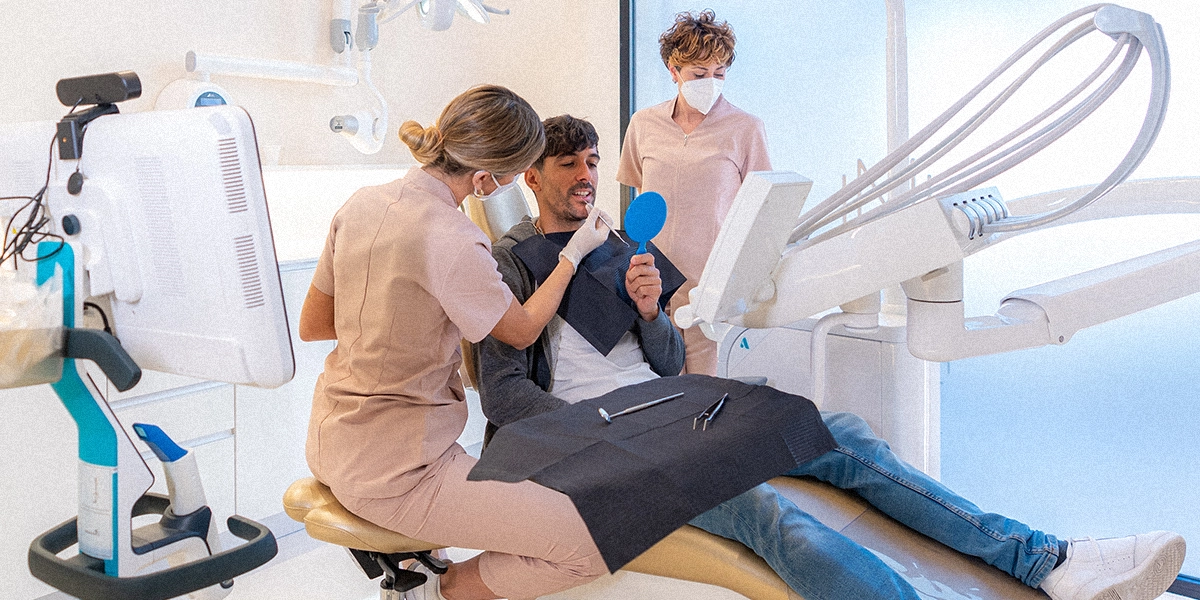Orthodontics for Adults
Modern treatment that fits your life
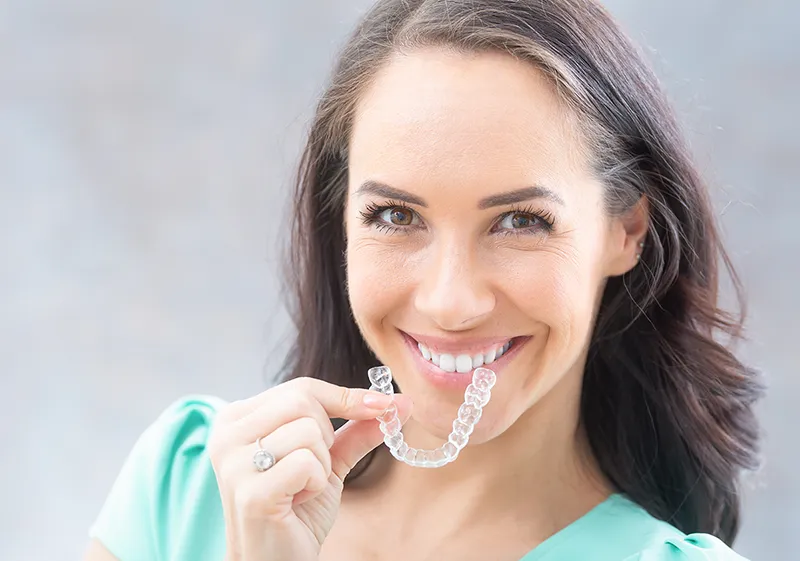
Orthodontics for Adults
We are here to help you smile with confidence
It’s never too late for a confident smile
Not too long ago, it was widely believed that teeth could only be straightened during the teenage years. After the age of 16, orthodontic treatment was considered ineffective—if you missed your chance as a teen, the door to straighter teeth seemed permanently closed.
Thankfully, that belief is now firmly in the past.
Modern orthodontics has come a long way. Thanks to advances in dental science, materials, and technology, adults of all ages can now achieve beautifully aligned teeth, often without the need for traditional metal braces.
In fact, one in five orthodontic patients in Australia is an adult. Whether you’ve always wanted a straighter smile or your teeth have shifted over time, adult orthodontic treatment is not only possible—it’s more discreet, comfortable, and effective than ever before.

Malocclusion issues treated in adults
Orthodontic treatment in adults can address a range of bite and alignment issues, including:

- Crowding – teeth overlap due to lack of space in the jaw
- Spacing – gaps between teeth caused by missing teeth or natural spacing
- Overbite – upper front teeth significantly overlap the lower front teeth
- Underbite – lower front teeth extend beyond the upper front teeth
- Crossbite – upper teeth bite inside the lower teeth (can affect front or back teeth)
- Open bite – front teeth do not meet when the back teeth are together
- Midline discrepancies – misalignment of the upper and lower dental midlines
- Dental compensations due to jaw discrepancies – teeth shift to compensate for skeletal misalignment
Why adults choose orthodontic treatment
Adults often seek orthodontic treatment to enhance the appearance of their smile—but the benefits often go much deeper. Beyond aesthetics, orthodontics may be recommended later in life for these reasons:
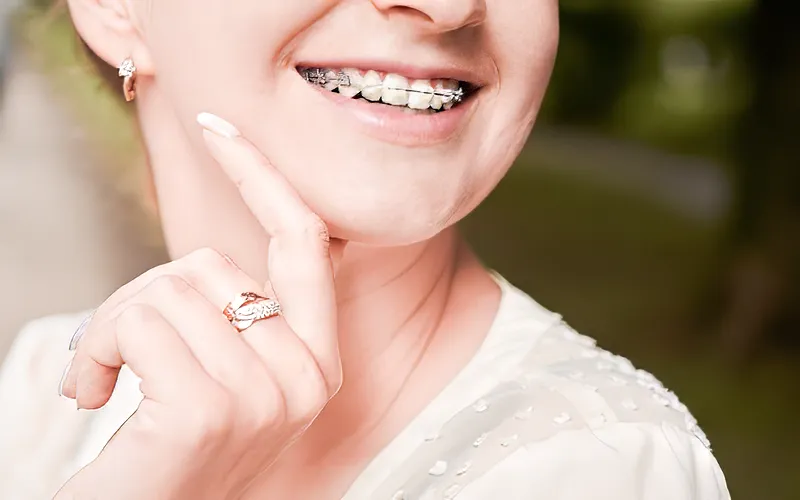
Crowded or misaligned teeth can be difficult to clean properly, increasing the risk of tooth decay and gum disease. Straightening the teeth can make brushing and flossing more effective, supporting long-term oral health.
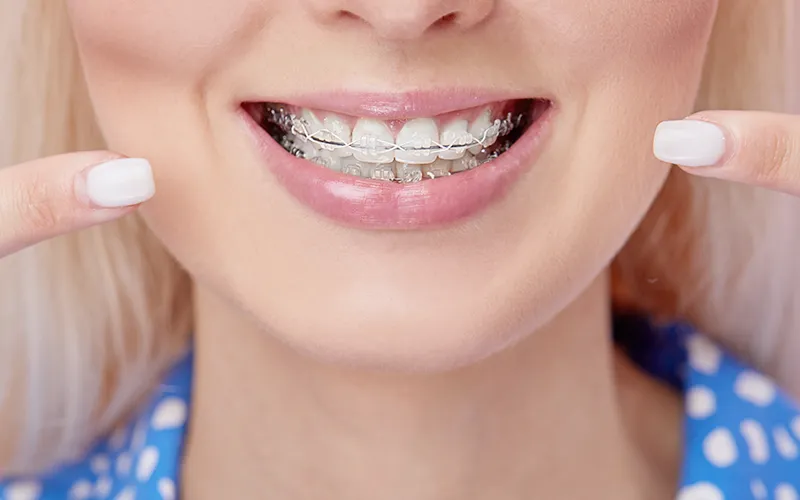
Some bite issues and misalignments can place extra stress on the jaw joints (TMJ), contributing to pain, headaches, or clicking sounds. In such cases, orthodontic treatment may help reduce discomfort and restore better jaw function.
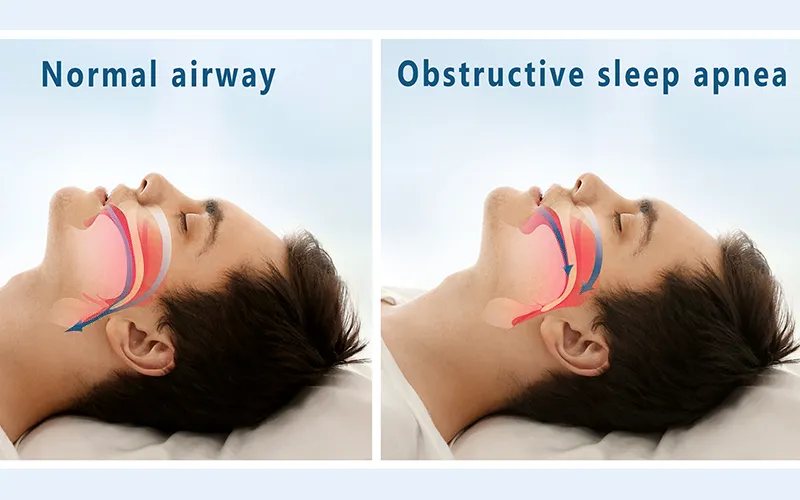
For adults with Obstructive Sleep Apnoea (OSA), orthodontics can sometimes assist in repositioning the teeth and jaws to help open the airway, especially as part of a broader treatment plan.
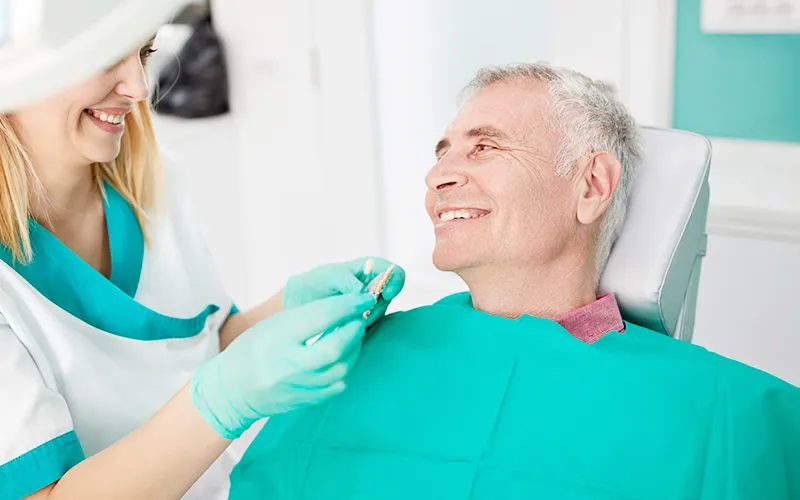
Orthodontics is sometimes needed before restorative treatments, such as veneers, crowns, bridges, or dental implants. Moving teeth into more ideal positions can create the necessary space and improve the final results of other procedures.
Why might you need orthodontic treatment?
Your genes play a significant role in the development of your teeth and jaws. Inherited traits can lead to:
- Crooked or crowded teeth
- Misaligned jaws
If these issues weren’t treated during childhood, the good news is that adult teeth can still respond effectively to modern orthodontic treatments.
Even if you were born with relatively straight teeth, early habits or trauma can impact alignment.:
Common causes include:
- Thumb sucking
- Mouth breathing
- Early loss of baby teeth
- Accidents or dental injuries
These factors can affect how the jaws grow or how the teeth are positioned. While early intervention is ideal, adults of any age can still be treated successfully for problems caused by these issues.
Changes in tooth alignment can also develop in adulthood.
Issues like:
- Gum disease
- Tooth loss
- Abnormal tooth wear
can all lead to shifting teeth or bite problems that may require orthodontic correction.
In the past, patients who had braces were typically advised to wear a retainer for a year or two after treatment. However, many people stopped wearing their retainers and experienced what is now known as orthodontic relapse—when teeth gradually shift back toward their original position.
Today, we understand that long-term retention is essential for lasting results. If you’ve had braces in the past and your teeth have shifted again, modern orthodontic options can help restore your smile—this time with a more permanent retention strategy in place.
Orthodontic options for adults
Adults often hesitate to pursue orthodontic treatment due to concerns about wearing highly visible metal braces. Fortunately, modern orthodontics offers a range of discreet, effective options tailored to suit adult lifestyles and aesthetic preferences.
Braces for adults (fixed appliances)
Braces are attached to the enamel using strong bonding agents and are worn 24/7 throughout treatment. Today’s braces are smaller, more comfortable, and more efficient than ever before.
- Traditional metal braces
Modern versions are sleeker, more comfortable, and more efficient than the bulky “train tracks” of the past. Ideal for treating complex misalignments of the teeth and jaws.
- Ceramic braces
These function like traditional braces but use tooth-coloured brackets that are less noticeable. The archwire remains metallic, but the overall appearance is subtler
- Lingual braces
Placed on the inner surfaces of the teeth, these metal braces are virtually invisible from the front. They can treat a range of malocclusions but may require more adjustment time.
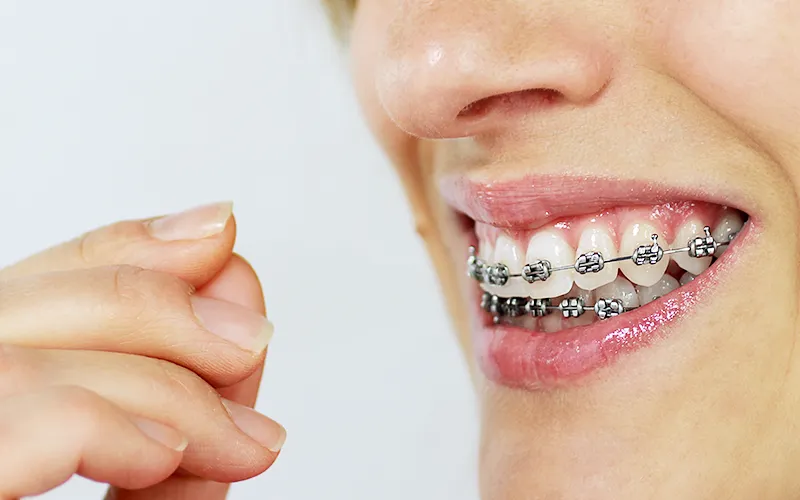
Clear aligners for adults (removable appliances)
Clear aligners are a series of custom-made, transparent plastic trays that gradually shift teeth into alignment. They’re typically changed every 2–3 weeks over a treatment period of 18–24 months.
Why adults prefer clear aligners:
- Nearly invisible when worn
- Removable for eating, brushing, and flossing
- More comfortable (no wires or brackets)
Important note: Success with aligners requires consistent wear, typically 20–22 hours per day. They’re not suitable for all types of malocclusion, particularly more complex cases.
FAQs about orthodontic treatment for adults
Adult patients often have important questions before starting treatment. Below are some of the most commonly asked questions we hear. Please remember: every smile is unique, and your treatment plan will be tailored specifically to your needs.
How long do adults have to wear braces?
Treatment times vary depending on the complexity of the case. While some cases may be completed in less time, most adults can expect to wear braces or aligners for at least 18 months. Your dentist will provide a more accurate estimate after a thorough consultation.
Can my orthodontic treatment be finished in time for my special occasion?
We completely understand wanting to look your best for an upcoming event. While it’s not always possible to shorten a recommended treatment time, we’ll do our best to plan around your milestone. In some cases, we can explore a Hybrid Approach to optimise your appearance in time for the occasion, without compromising the overall treatment outcome.
Why do some people wait until adulthood for orthodontic treatment?
There are several reasons someone might postpone orthodontic treatment until adulthood:
- They never had the opportunity as a child or teen Access to orthodontic care isn’t always available during youth. Some adults are now addressing concerns that were never treated earlier.
- Previous treatment didn’t fully correct the issue Orthodontic techniques have evolved significantly. Some adults had braces in the past but didn’t achieve the results they hoped for.
- Their teeth have shifted back over time Known as orthodontic relapse, this can happen if retainers weren’t worn as prescribed or if natural changes occurred with age.
- They weren’t ready or willing as a teen Some people simply weren’t comfortable with the idea of braces when they were younger. Now, with more discreet options available and stronger motivation, they’re ready to take the next step.
Do adult teeth move as easily as children’s teeth?
Orthodontic treatment works by gently moving teeth through the bone using controlled force. This process—called bone remodelling—is the same whether you’re a child or an adult.
However, the body’s response to these forces can vary with age. Adults may experience slower healing and bone turnover than children, which can result in longer treatment times. That said, this isn’t always the case—many adults respond very well to orthodontic treatment.
There are also certain treatments that are best timed during a child’s growth phase, especially those involving significant jaw movement or correction. In adults, these same issues:
- May be more complex to treat
- Could require specialist intervention or jaw surgery
- Often take longer to complete
- Might not achieve the same outcome that could’ve been reached during childhood
Still, with the right approach and planning, adult orthodontics can be highly effective, offering real functional and aesthetic benefits.
What’s the biggest difference when treating adults?
The main difference in treating adults is that their teeth have usually been through more life experiences than a child’s—dental and otherwise. This can affect both the approach and the outcomes of orthodontic care.
Here are some factors that often come into play:
- Restorations: Adults are more likely to have fillings, crowns, or veneers, which need to be considered when planning tooth movement.
- Wear and tear: Years of use can lead to tooth wear or damage, which may need to be addressed after orthodontic treatment.
- Gum and bone health: Some adults have reduced gum support or early gum disease, which can affect how teeth respond to movement.
In some cases, additional treatment may be needed after the teeth are aligned, such as:
- Cosmetic reshaping of worn or misshapen teeth using composite bonding or crowns
- Replacing visible fillings that were previously hidden by crowding but have become noticeable once teeth are straightened
Orthodontics for adults is highly effective, but it often requires a more comprehensive and customised approach to achieve the best results.
Is there anything that might prevent an adult from receiving orthodontic treatment?
In most cases, adults can undergo orthodontic treatment successfully. However, certain factors need to be addressed before starting:
✔ Healthy teeth and gums Orthodontic treatment requires a strong foundation. Gum disease and tooth decay must be treated before teeth can be moved.
✔ Good general health Your overall health should be stable enough to support long-term dental treatment. Certain medical conditions may require clearance from your GP or specialist.
✔ Commitment to care Success relies heavily on your compliance with instructions, including:
- Wearing your aligners or appliance exactly as prescribed
- Following dietary guidelines (especially for braces)
- Maintaining excellent oral hygiene
✔ Impacted or problematic teeth Impacted adult teeth—especially wisdom teeth—may interfere with tooth movement. In such cases, removal may be recommended before starting orthodontics.
In short, most adults are eligible for orthodontics, as long as they’re in good dental health and committed to the process. Your dentist will conduct a thorough examination to ensure you’re ready to begin safely and successfully.
You’ve been thinking about it—now’s the time.
We’d love to help you explore your options. Book a consultation with us today and take your first step toward a straighter, healthier smile.
You’ve been thinking about it—now’s the time.
We’d love to help you explore your options. Book a consultation with us today and take your first step toward a straighter, healthier smile.
